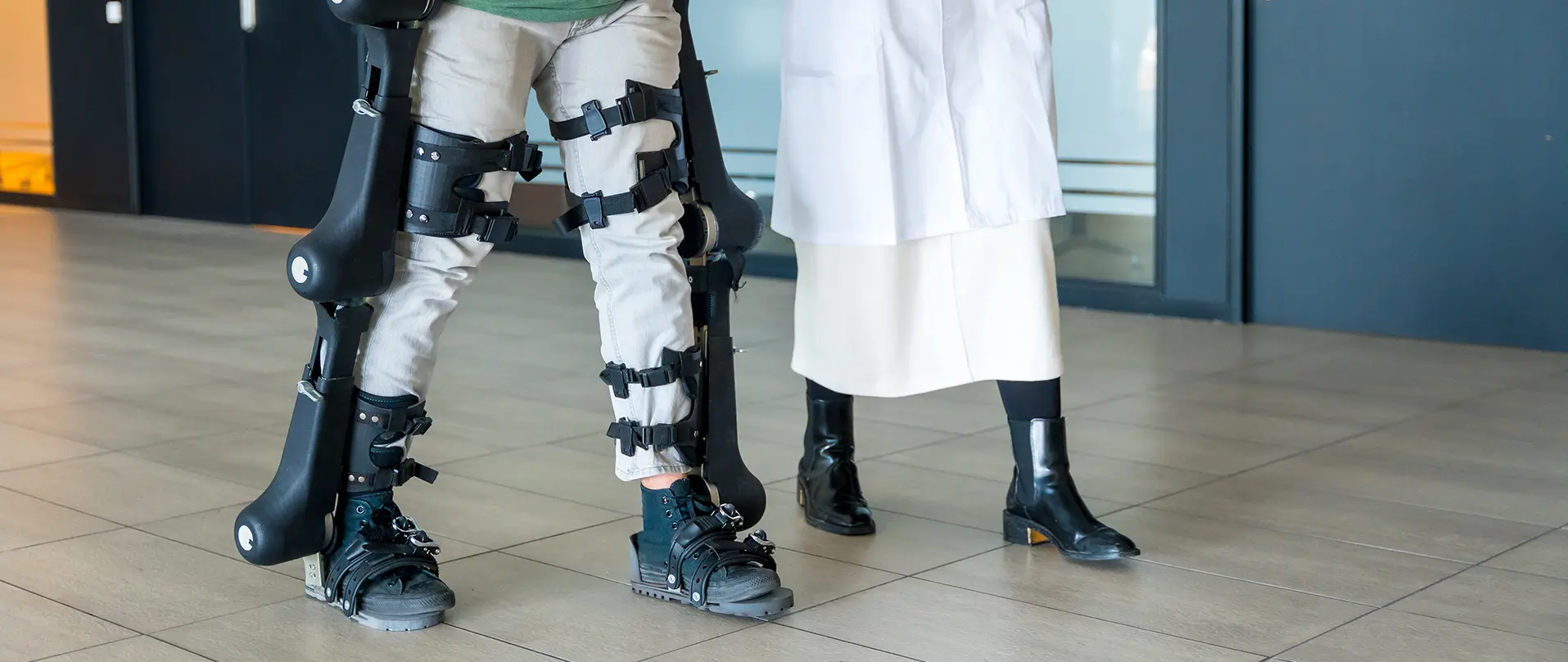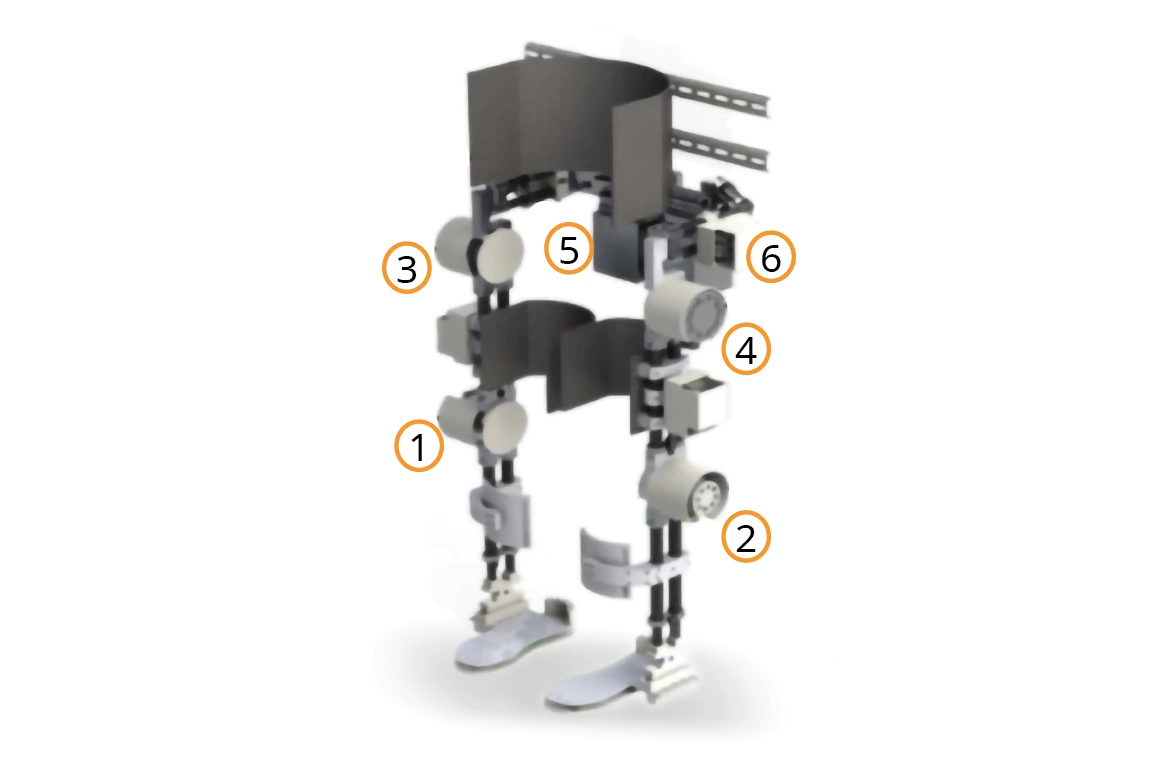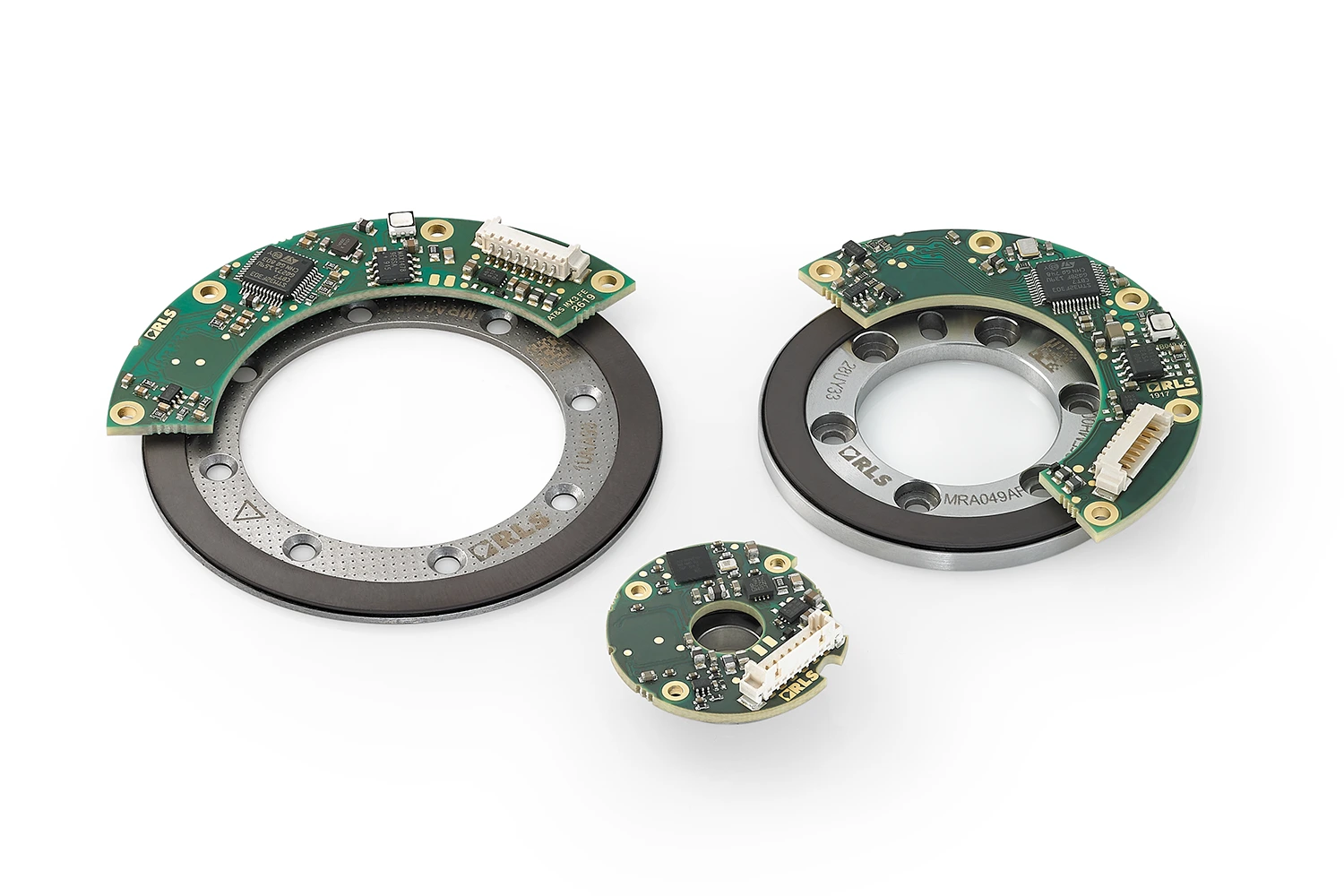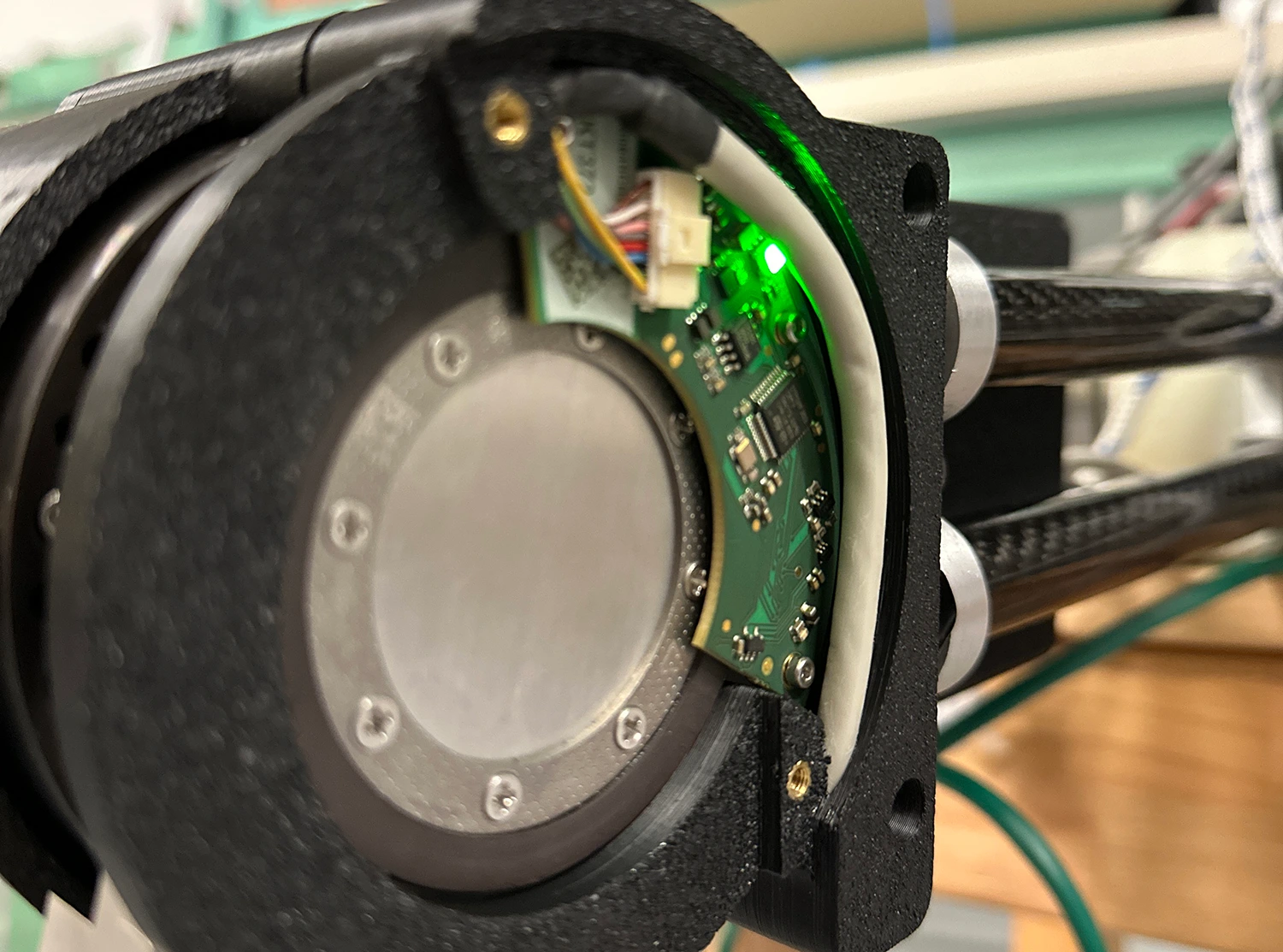
Background
Exoskeletons represent a significant advance in medical technology and offer decisive advantages to people with mobility impairments. These wearable devices improve human strength and mobility and provide important support for people recovering from injuries, suffering from neurological conditions, or with physical disabilities. A robotic exoskeleton is a mechanical device worn by humans and usually consists of a fixed frame with joints that allow movement.
The development of exoskeletons is particularly important for rehabilitation purposes. For people with conditions such as cerebral palsy or spinal cord injuries, exoskeletons can facilitate natural gait and improve muscle strength and coordination. This not only contributes to physical recovery but also increases mental well-being through greater independence and quality of life.
The RE:HOME project, formerly known as the JUNIA HEI Motion project, is an initiative within the European Interreg program for the development of various exoskeletons. The team is leading the development of a full-body exoskeleton specifically designed for children with cerebral palsy. The main goal of this project is to find a therapeutic solution that supports the rehabilitation of these children and enables them to walk naturally.
The engineering team brings together technicians, mechanical and biomedical engineers, and medical professionals to develop a mechanized orthosis for children with severe neurological disorders. More than a dozen commercial, non-profit, and academic partners have already joined the initiative.
Challenge
The biggest challenge at first was to study the human walking movement and methodically dissect it in order to understand each step of the gait. Since a therapeutic goal is being pursued, the movement generated by the exoskeleton must be as close to normal movement as possible.
In addition, the team had to design a safe structure to make the child feel safe and avoid incidents. To meet these criteria, they had to equip themselves with precise and high-quality components.
This exoskeleton is unique in two ways. Firstly, it uses pressure sensors so that walking is triggered by the user and not manually as with all other exoskeletons on the market. In this way, the user is an active participant in their own rehabilitation and has more control.
Secondly, the joints of the exoskeleton mimic the angles of natural human movement. This is important because it reduces the risk of discomfort or injury due to unnatural joint positions.
Solution
The engineering team needed a high-precision encoder. Each exoskeleton is equipped with a total of six AksIM encoders, one for each motorized joint. These include two encoders for the knees (1 and 2), two for flexion and extension (3 and 4), and two for adduction and abduction of the hip (5 and 6).

AksIM-2 Encoder Systems
The AksIM-2™ encoder is ideal for high-precision applications as its non-contact and off-axis design fits into limited installation spaces. Its compact readhead accurately evaluates the magnetic field of a thin ring and detects the position.
The encoder also offers benefits such as improved repeatability and built-in self-monitoring, resulting in more consistent and reliable performance and minimizing maintenance requirements. The encoder's immunity to external magnetic fields and the extended operating temperature range improve the robustness and durability of the system in various environments.

RLS AksIM-2 Rotary Absolute Magnetic Encoder
Results
The engineering team worked with RLS as a supplier of encoders to ensure that only high-quality components were incorporated into the project. The team chose the AksIM absolute encoder from the extensive RLS portfolio for several reasons. Firstly, it offers extreme accuracy (up to 0.05°) and a high resolution of 20 bits. It also has a calibration function and can be easily integrated into the system via the SSI protocol. In addition, the AksIM encoder is available in a wide range of sizes, so the design of the exoskeleton is flexible, and there are no limitations in terms of joint size.

AksIM-2 in exoskeleton's joint
Finally, the simple setup of AksIM-2 is another important advantage. Thanks to the integrated LED, the encoder is easy to install, allowing the team to dedicate more time to other important aspects of developing the best possible exoskeleton. This user-friendly feature not only simplifies installation, but also reduces the risk of errors and ensures a smoother and more efficient development process.
“With every order, the material of the products was excellent and they were supplied very quickly. That's
why we chose RLS.”
Enzo Fernandez, RE:HOME project
“We had previously seen RLS encodersfinal being used for various purposes, especially in industry, robotics and medicine at excellent major companies, which is why we naturally turned to RLS services.”
Enzo Fernandez, RE:HOME project
Future Goals
The RE:HOME project has validated the technology with an ethics committee, allowing the team to move into a more clinical phase where they will test the exoskeleton on children. They will then be able to observe the therapeutic effects on patients. The plan is to first examine a group of healthy adults without walking problems and then conduct a clinical study on the effectiveness of the exoskeleton in children with cerebral palsy.
About RE:HOME
RE:HOME's mission is to improve the lives of children with neurological disorders by providing rehabilitation centers, children's homes, industry, and healthcare professionals with access to advanced technologies such as exoskeleton modules and standardized training programs.
For more information visit RE:HOME website.


